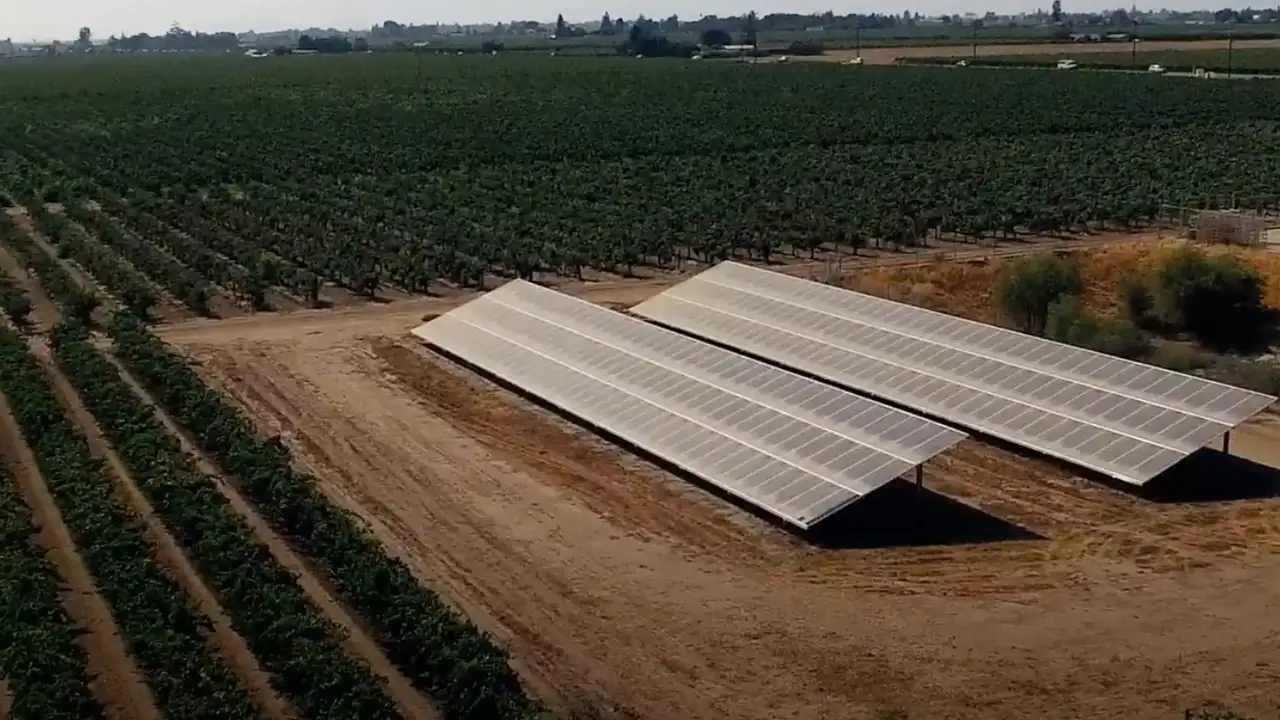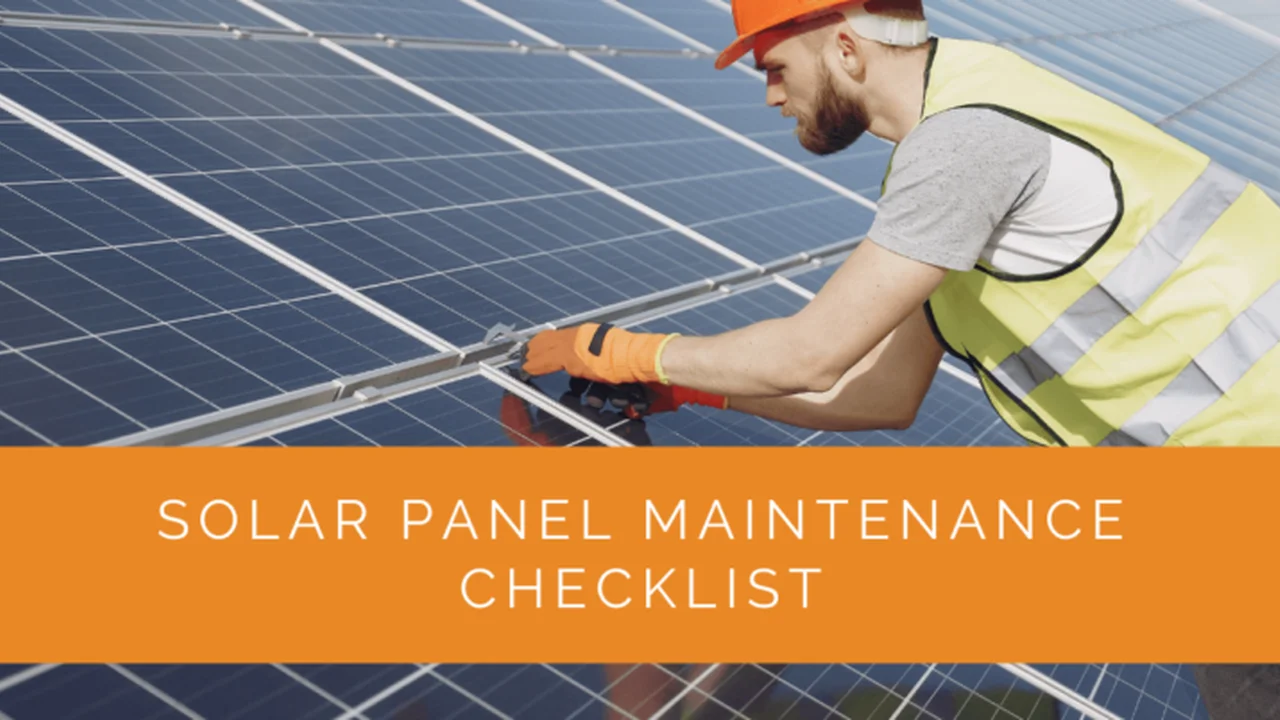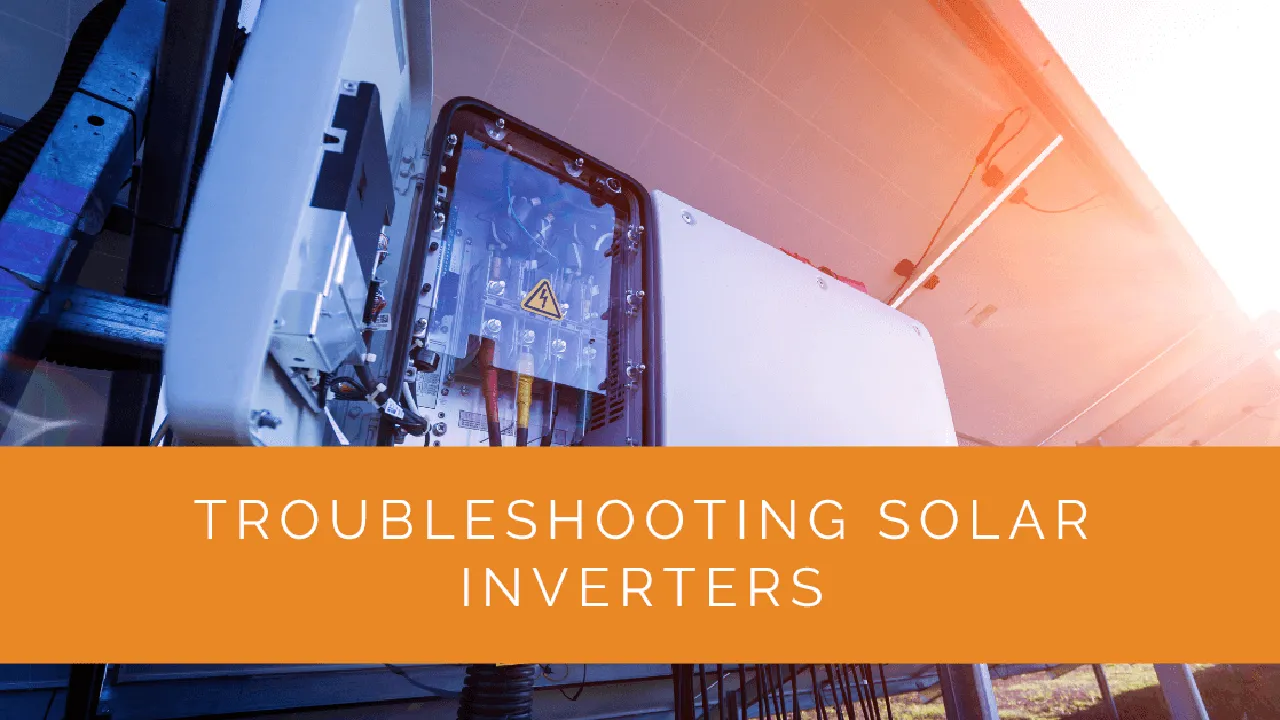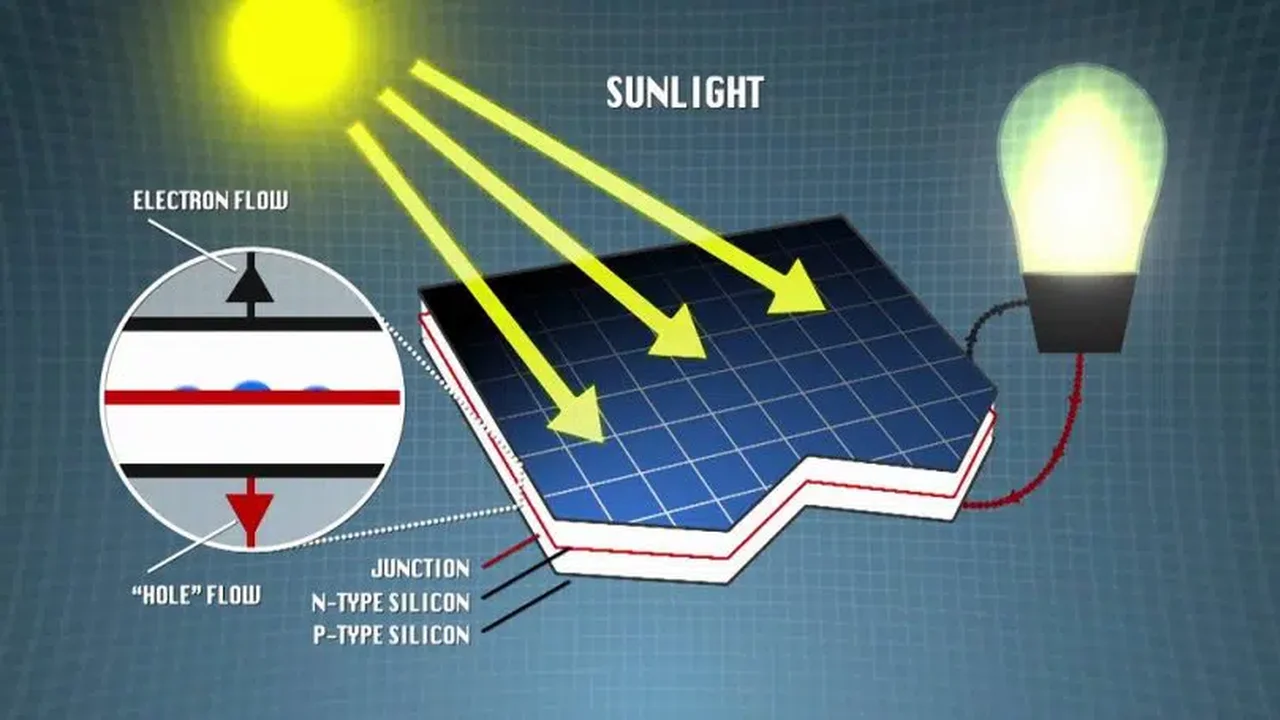Solar Panel and Flexible Substrates: Expanding Applications
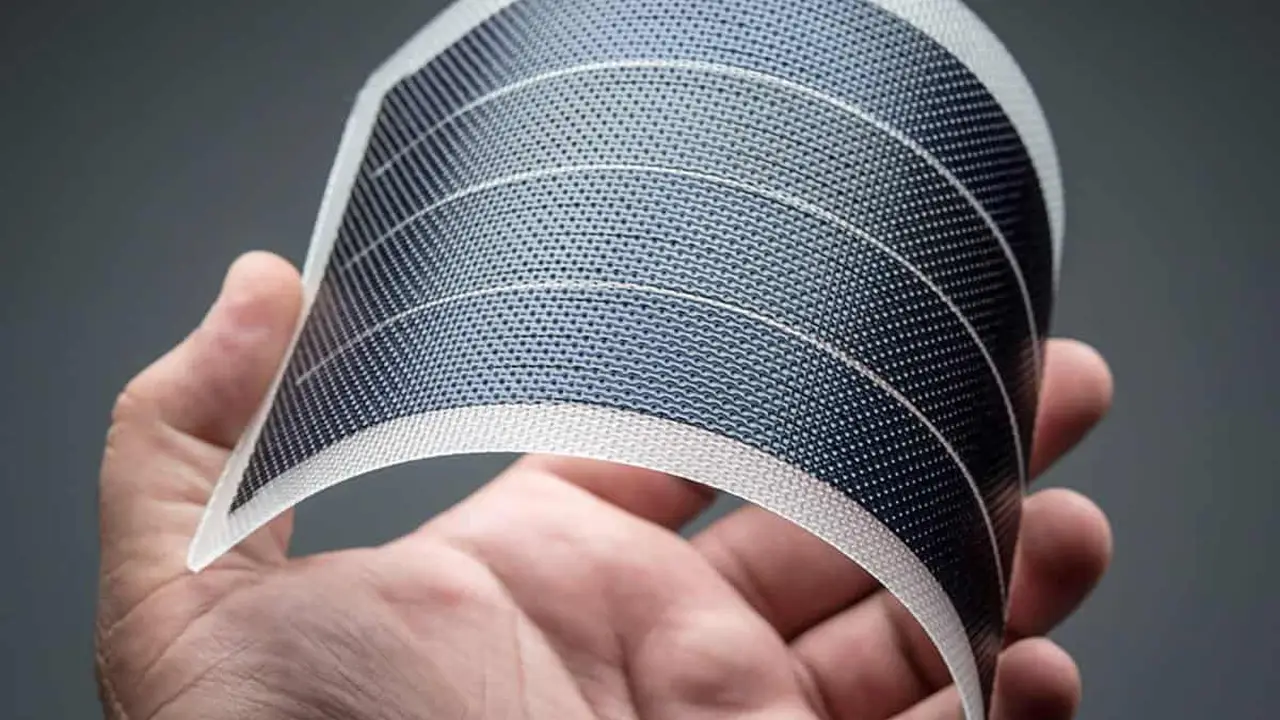
Understanding Flexible Substrates and Solar Panel Technology
Okay, let's dive into the world of flexible solar panels! You know, the rigid solar panels we're used to seeing on rooftops? Well, forget about those for a second. We're talking about solar panels that can bend, twist, and conform to different shapes. This is all thanks to the magic of flexible substrates. Think of the substrate as the foundation upon which the solar cells are built. Instead of using glass or rigid materials, these panels use materials like plastic films, stainless steel, or even fabrics. This opens up a whole new world of possibilities for where we can put solar panels.
But why go flexible? Well, the big advantage is versatility. You can stick 'em on curved surfaces, integrate them into clothing, or even roll them up for easy transport. They're also generally lighter than traditional panels, making them ideal for applications where weight is a concern.
The Science Behind Flexible Solar Cells
So, how do these flexible solar cells actually work? The core principle is the same as with regular solar panels: photovoltaic effect. Sunlight hits the panel, exciting electrons in the semiconductor material, which then flow and create electricity. The key difference is in the materials used and how they're applied. Thin-film solar cells are common in flexible panels. These cells are created by depositing very thin layers of semiconductor material onto the flexible substrate. This process allows for a much thinner and lighter panel compared to traditional silicon-based panels.
Different types of thin-film technologies are used, including:
- Amorphous Silicon (a-Si): An older technology, but still used due to its low cost. Less efficient than other options.
- Copper Indium Gallium Selenide (CIGS): More efficient than a-Si and gaining popularity.
- Cadmium Telluride (CdTe): Another highly efficient option, but cadmium raises environmental concerns.
Expanding Applications of Flexible Solar Panels: Beyond the Rooftop
This is where things get really exciting! Flexible solar panels are breaking free from the limitations of rooftops. Here's a peek at some of the cool applications:
- Portable Power: Think camping, hiking, or emergency situations. You can get foldable solar chargers to power your phone, tablet, or even small appliances.
- Transportation: Integrating solar panels into car roofs, electric vehicle charging stations, or even airplanes. Imagine a car that charges itself while you drive!
- Building Integrated Photovoltaics (BIPV): Incorporating solar panels into building materials like windows, facades, and awnings. This allows buildings to generate their own power seamlessly.
- Consumer Electronics: Solar-powered backpacks, phone cases, and even clothing. Charge your gadgets on the go!
- Aerospace: Powering satellites and other spacecraft. Weight is critical in space, making flexible panels a perfect fit.
- Military Applications: Powering remote sensors, communication devices, and other equipment in the field.
Product Recommendations and Usage Scenarios
Alright, let's get down to some specifics. Here are a few examples of flexible solar panels and how they're being used:
Specific Product 1: Renogy 100 Watt 12 Volt Flexible Solar Panel
Usage Scenario: Off-grid camping, RVs, boats. This panel is lightweight and can be easily mounted on curved surfaces. Perfect for charging batteries and running small appliances while you're off the grid.
Features:
- High efficiency monocrystalline solar cells
- Flexible and lightweight design
- Waterproof and durable
- Pre-drilled holes for easy mounting
Comparison: Compared to rigid panels, the Renogy flexible panel is much easier to transport and install on non-flat surfaces. However, it may be slightly less efficient than a similarly sized rigid panel.
Price: Around $150-$200
Specific Product 2: Voltaic Systems Arc 20W USB Solar Charger
Usage Scenario: Backpacking, hiking, emergency preparedness. This compact and lightweight charger is designed to power smartphones, tablets, and other USB devices. It's ideal for situations where you need to stay connected but don't have access to a power outlet.
Features:
- Durable and weatherproof
- Integrated USB port
- High efficiency solar cells
- Compact and lightweight design
Comparison: Compared to other portable solar chargers, the Voltaic Systems Arc offers a good balance of power, durability, and portability. It's more expensive than some cheaper options, but the quality is worth the investment.
Price: Around $100-$130
Specific Product 3: SunPower Maxeon Flexible Panels
Usage Scenario: Marine applications, RVs, caravans. Known for their high efficiency and durability, these panels can withstand harsh weather conditions and are designed for long-term use.
Features:
- High efficiency Maxeon solar cells
- Resistant to cracking and corrosion
- Suitable for marine environments
- Lighter weight compared to standard panels
Comparison: SunPower Maxeon panels are generally more expensive than other flexible panels, but they offer superior performance and longevity. They're a great choice for applications where reliability is paramount.
Price: Varies significantly depending on size and power output, but typically in the higher price range (e.g., $300+ for a 100W panel).
Comparing Flexible Solar Panel Products: Key Considerations
When choosing a flexible solar panel, consider these factors:
- Efficiency: How much sunlight does the panel convert into electricity? Higher efficiency means more power from a smaller panel.
- Durability: Can the panel withstand the elements? Look for panels that are waterproof, UV-resistant, and resistant to cracking.
- Weight: How important is weight to your application? Lighter panels are easier to transport and install.
- Flexibility: How much bending can the panel handle? Some panels are more flexible than others.
- Price: How much are you willing to spend? Prices vary widely depending on the brand, power output, and features.
- Warranty: What kind of warranty does the manufacturer offer? A longer warranty provides peace of mind.
The Future of Flexible Solar Panel Technology
The future looks bright (pun intended!) for flexible solar panels. Researchers are constantly working on improving their efficiency, durability, and affordability. We can expect to see even more innovative applications in the years to come. Imagine solar-powered clothing that charges your phone, or flexible solar panels that can be easily integrated into any surface. The possibilities are endless!
One area of intense research is perovskite solar cells. These cells have shown impressive efficiency gains in recent years and are potentially cheaper to manufacture than traditional silicon cells. Combining perovskites with flexible substrates could lead to a new generation of high-performance, low-cost solar panels.
:max_bytes(150000):strip_icc()/277019-baked-pork-chops-with-cream-of-mushroom-soup-DDMFS-beauty-4x3-BG-7505-5762b731cf30447d9cbbbbbf387beafa.jpg)



